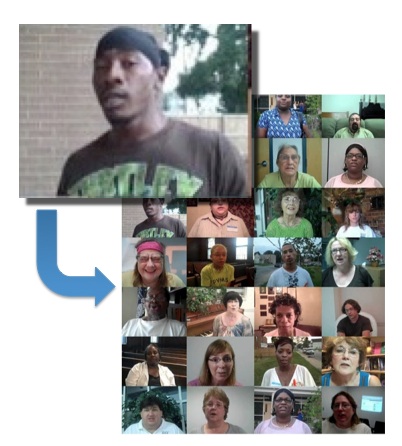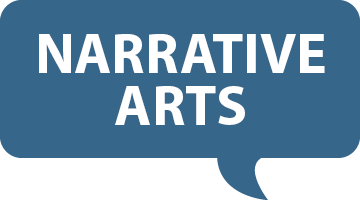Blog
How to make stories actionable

We have great stories — now how do we make sure those stories lead people to take action?
It’s a question that activists, storytellers and funders often ask. Here are some tips.
First, sometimes telling the story is the action, or you can make it the action. The “It Gets Better Project” is a good example. LGBT adults and their allies upload video stories about themselves as a way of letting LGBT youth know there’s a good life waiting for them, no matter what pain and rejection they may be suffering through now. In this case, telling the story is the action that creates change, by giving youth hope and preventing them from committing suicide.
Second, link personal stories to the larger social issues you’re dealing with. Take the example of Narrative Arts’ own project Nation Inside, a network of grassroots campaigns that are challenging mass incarceration. Each campaign has a website on the web platform, NationInside.org. Registered users of the site can upload stories on audio, video or text about a particular campaign. Let’s say a video tells a story about, say, one person who was abused by a guard in a Texas prison. The solution to that problem is relatively easy: hire a lawyer, file a complaint, maybe stage a protest. But the larger problem might be that that that person is in a private prison that cares more about profits than safety. That’s why Nation Inside asks users to tie the personal to the political, because it gives people a way of understanding the human impact of that problem, while also addressing the deeper structural issues at play.
Third, create pathways to action. For every story you tell, make sure there’s an easy way for people to take action. The Skoll Foundation and the Sundance Institute have a partnership called “Stories of Change,” which funds documentary films on social entrepreneurs and the issues they deal with, and then puts those films to work. They’ve got what they call a “funnel” of engagement—they want to give people a way to get more and more involved at every step of the way. You go to the website for a particular film, you see some clips and you make a donation. Then maybe you get invited to a house party, and there you watch the film, and you’re given ways to volunteer. At each point along the path, the partnership figures out the best way to get people involved, and removes any roadblocks that may be stopping them from getting involved. The same goes for all kinds of stories—you have to provide accessible routes to take action at all points.
Fourth, build partnerships, ideally from the very start of the process. Here’s another example involving film. Active Voice is a San Francisco-based organization of media strategists that works on engagements campaigns around documentary films and the occasional feature film. For a film Active Voice initiated called “Welcome to Shelbyville,” about an immigrant welcoming program in Tennessee, they organized several “brain trust” meetings with immigrant organizations and strategists early on the process. Those brain trusts got the filmmaker, Kim Snyder, more acquainted with the issues, and the immigrant organizations became invested in the project so they benefited from distribution and special screenings when the film was completed. You can imagine how much less productive those partnerships would be if they had been left until the end—that is, if Kim Snyder had called some immigrant-welcoming groups and asked them to promote her film. She might have gotten some tweets and Facebook posts, but not much more. In the event, her film was used by immigrant-welcoming groups nationwide. That same principle applies to other kinds of storytelling — partnerships provide a network and an infrastructure that give people a way to take action.
